Choosing the wrong door can clash with your design, making a space feel disjointed. This mistake can undermine your hard work, creating an impression of poor planning and ruining your aesthetic.
A door’s style, material, and color significantly shape a room’s atmosphere. It acts as a key visual element that can either blend in or stand out, defining the overall aesthetic and contributing to a cohesive interior design scheme.
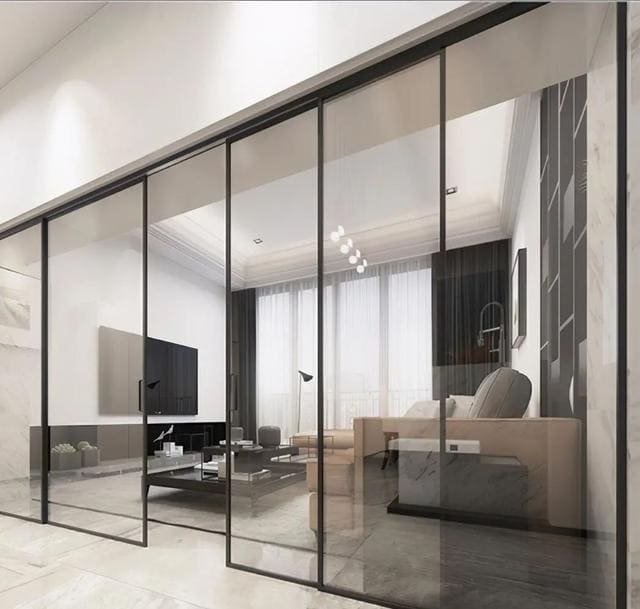
Over my years in the hardware business, I’ve worked with countless designers, contractors, and furniture factories. I’ve seen firsthand how a single door can make or break a room. It’s not just about closing a space off; it’s about making a statement and tying everything together. The door is one of the first and last things you interact with in a room, so its impact is huge. But the door itself is only half the story. The real magic, the detail that signals quality and thoughtful design, is often in the parts you touch and see up close. Let’s explore how these choices influence the final look.
How does the choice of door hardware contribute to the overall design scheme of a home?
You’ve picked the perfect door, but the hardware looks cheap or out of place. This small detail can make an expensive door look low-quality, affecting the entire room’s design.
Door hardware is the finishing touch that defines a style. A sleek, minimalist handle suits a modern door, while ornate hardware complements a traditional design. The material, finish, and shape of hardware directly reinforce the desired aesthetic.
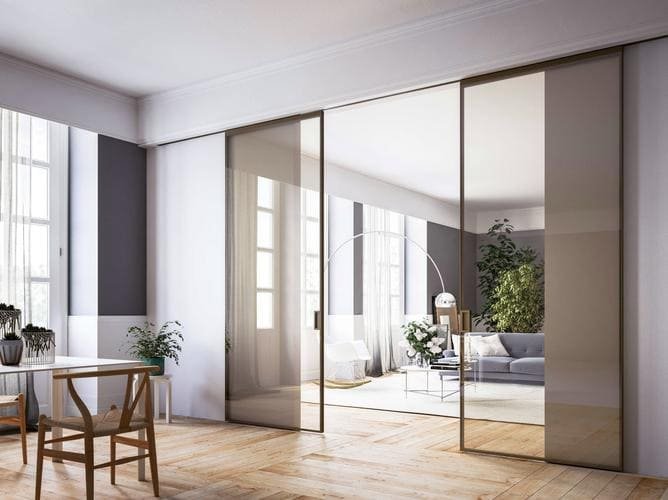
I always tell my clients, like Jacky from Canada, that hardware is the jewelry of the door. You wouldn’t wear running shoes with a formal suit, and you shouldn’t put the wrong hardware on a beautiful door. The choice of hardware completes the story the door is telling. It’s a detail that conveys a sense of quality and permanence. For a purchasing manager, getting this detail right means the final product looks and feels premium, which is a huge advantage.
The Role of Finishes
The finish of your hardware—be it handles, hinges, or sliding door rollers—has a massive impact. A matte black finish screams modern industrial, while a polished brass feels classic and elegant. At my factory, we offer customizable finishes1 because we know how important it is to match the hardware perfectly to the design vision. Consistency is key; using the same finish throughout a space creates a connected and intentional look.
Matching Hardware to Door Style
The relationship between the door style and its hardware is critical. A heavy, rustic barn door needs a substantial roller system that looks the part, while a sleek, minimalist glass door requires discreet, high-performance hardware that doesn’t distract from the clean lines. Here’s a simple guide I often share:
| Hardware Style | Common Finishes | Best For… |
|---|---|---|
| Modern / Minimalist | Matte Black, Satin Nickel | Plain, flush doors; glass doors |
| Traditional / Classic | Polished Brass, Antique Bronze | Ornate, paneled wooden doors |
| Rustic / Industrial | Wrought Iron, Oil-Rubbed Bronze | Barn doors, farmhouse-style doors |
How does climate affect door choice?
Your beautiful wooden door is warping and sticking. You didn’t consider your local climate, which now leads to frustrating daily use, energy loss, and costly repairs or replacements.
Climate dictates the best material for a door. In humid areas, materials like fiberglass or steel resist warping. In cold climates, insulated cores are crucial for energy efficiency. The material choice ensures the door’s longevity and performance.
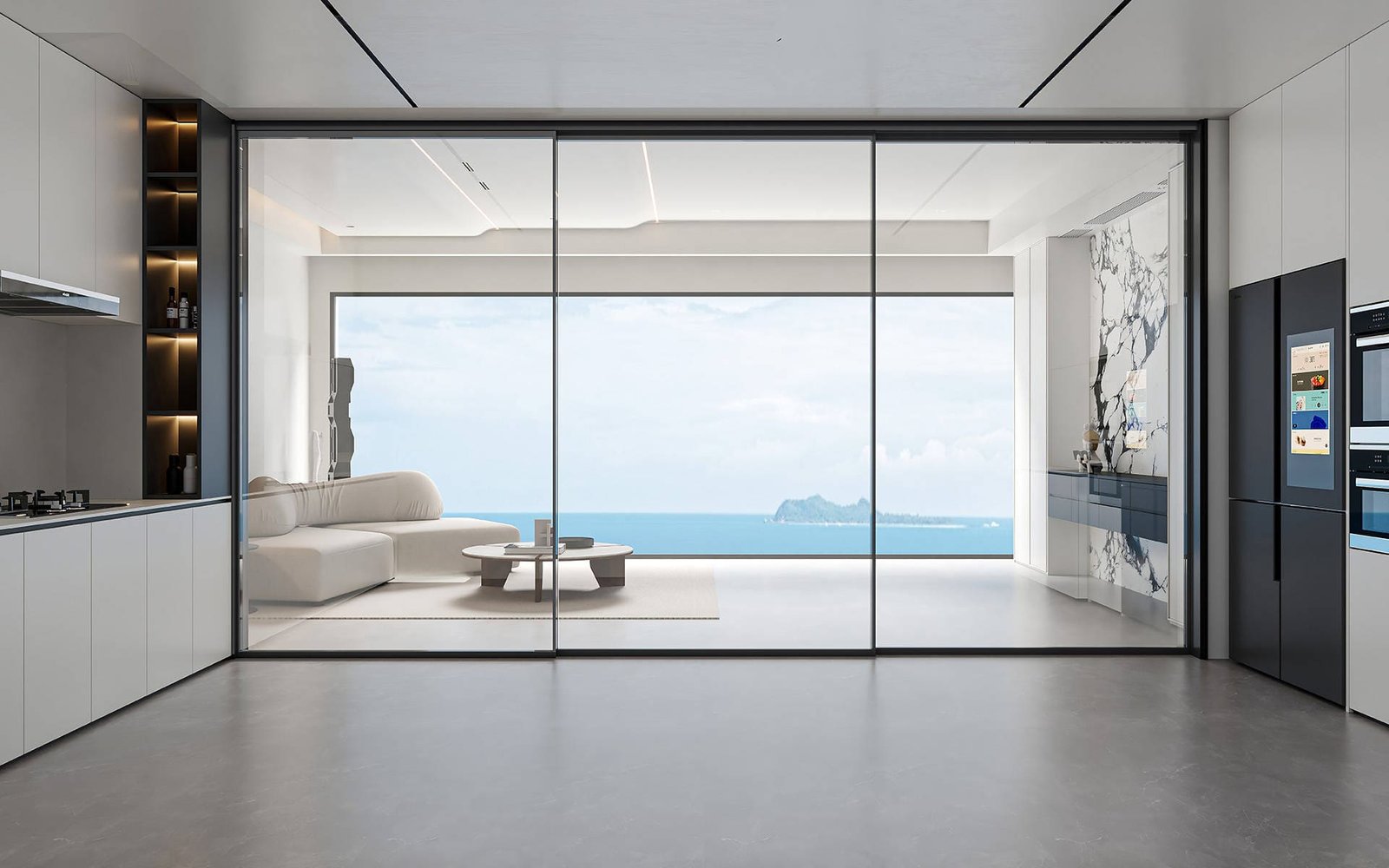
When sourcing products, a professional buyer always considers the end-user’s environment. A door that performs perfectly in a dry region might fail completely in a humid, coastal area. Here in China, we manufacture for a global market, so we have to understand these challenges deeply. Choosing the right door material isn’t just about looks; it’s about creating a product that will last and function correctly, which protects your brand’s reputation.
Material Performance in Different Climates
Different materials react to weather in very specific ways. Solid wood is beautiful, but it expands and contracts with changes in humidity, which can cause it to warp or crack if not properly sealed and maintained. Fiberglass, on the other hand, is extremely stable and resistant to moisture, making it a great choice for humid or rainy climates. Steel doors offer excellent security and insulation, making them ideal for cold regions where energy efficiency is a top priority.
The Hardware Connection
The door’s material and weight directly influence the hardware you need. A heavy, insulated steel door designed for a cold climate requires robust, heavy-duty hinges to support its weight without sagging over time. For a large sliding glass door in a coastal home, you need a roller system made from corrosion-resistant materials like high-grade stainless steel to prevent rust and ensure smooth operation. The hardware must be as durable as the door itself.
| Climate | Recommended Door Material | Key Hardware Considerations |
|---|---|---|
| Hot & Humid | Fiberglass, Steel | Corrosion-resistant (e.g., stainless steel) |
| Cold & Dry | Insulated Steel, Solid Wood | Heavy-duty hinges, tight-sealing weatherstripping |
| Temperate | Wood, Fiberglass, Composite | Wide range of options work well, focus on style |
What door styles increase home value?
You’re renovating, but your door choices look dated. This oversight can hurt curb appeal and the final selling price, leaving money on the table when you need it most.
Doors that enhance curb appeal, improve energy efficiency, and align with modern trends add the most value. Steel entry doors, interior glass panel doors, and stylish barn doors are popular choices that offer a high return on investment.
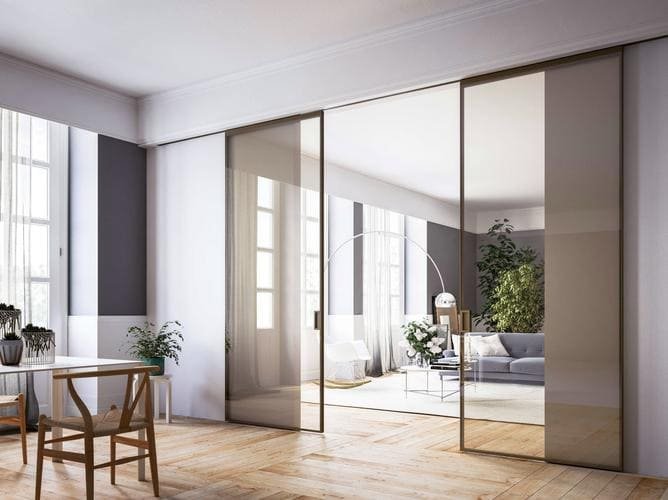
In my line of work, I talk to a lot of contractors and developers. They are always focused on ROI—return on investment. And doors are a surprisingly effective way to boost a property’s value. A new front door can completely transform the look of a house from the outside, and thoughtful interior door choices can make a space feel more luxurious and functional. This is a simple upgrade that has a big impact on a buyer’s perception.
First Impressions Matter: The Entry Door
The front door is the focal point of a home’s exterior. According to many real estate studies, replacing an old entry door2 with a new steel or fiberglass door is one of the home improvement projects with the highest ROI. These doors offer a combination of security, energy efficiency, and modern style that buyers are looking for. They feel solid, look clean, and signal that the home is well-maintained.
Interior Doors that Add Function and Flair
Inside the home, solid-core doors3 are a valuable upgrade over hollow-core ones. They feel more substantial and provide much better sound insulation between rooms, which adds a sense of privacy and quality. Doors with glass panels, like French doors, are also fantastic for increasing value because they allow light to flow between spaces, making the home feel larger and more open. And of course, sliding barn doors have become incredibly popular. They save space where a swing door would be awkward and add a strong design element. Our soft-close sliding systems make them not just stylish but also functional and safe.
What is the importance of a door?
Doors are often treated as a mere necessity. This mistake overlooks their crucial role in security, privacy, and style, leading to a less functional and cohesive home environment.
A door is more than a barrier. It provides security, privacy, insulation, and noise control. Aesthetically, it’s a major design element that sets the tone for a space and influences the first impression of a home.
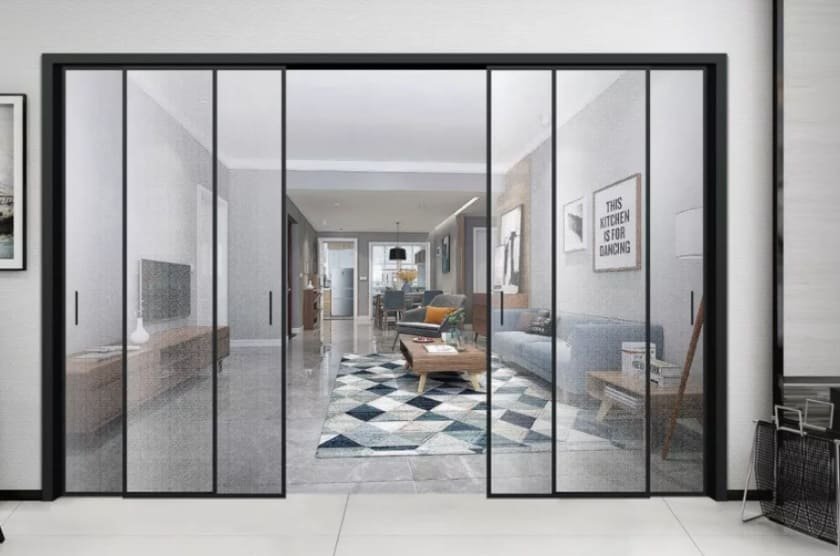
After all these years, I still find the role of a door fascinating. It’s such a basic part of any building, yet it does so much. It’s the first physical interaction someone has with a space. It provides a sense of safety and separation from the outside world. It helps control the temperature and sound. And on top of all that, it is a canvas for design. A door is not just a building component; it’s a vital piece of technology for living.
Functional Roles of a Door
A door’s primary job is function, and that function depends entirely on its components.
- Security4: This is the most basic need. A solid door combined with a high-quality lock and strong hinges creates a secure barrier.
- Insulation5: Exterior doors play a big part in a home’s energy efficiency. A well-insulated door with effective weatherstripping around the edges can save a lot on heating and cooling bills.
- Privacy and Soundproofing: Inside, doors create private spaces. A solid-core door is much better at blocking sound than a hollow-core one, which is important for bedrooms and offices.
- Accessibility: With systems like our linkage door or sliding door hardware, doors can create wide, accessible openings that make spaces more user-friendly.
Aesthetic Roles of a Door
Beyond its practical jobs, a door is a powerful design tool. It sets expectations for the room you are about to enter. A grand, dark wood door suggests a traditional and formal space. A simple, white door feels clean and modern. A sliding barn door adds a rustic, casual feel. The style, color, and material all work together to support the overall design story you’re trying to tell.
Conclusion
A door is a critical design choice, not an afterthought. Selecting the right style, material, and hardware ensures a cohesive, functional, and valuable home design for years to come.
Explore this link to understand how customizable finishes can enhance your design vision and match your hardware perfectly. ↩
Explore this link to understand how upgrading your entry door can enhance your home’s value and curb appeal. ↩
Discover the advantages of solid-core doors, including better sound insulation and increased privacy, making them a smart choice for your home. ↩
Explore this link to learn about essential security features that can enhance your door’s safety and protect your home. ↩
Discover how proper door insulation can significantly reduce energy costs and improve your home’s comfort. ↩

